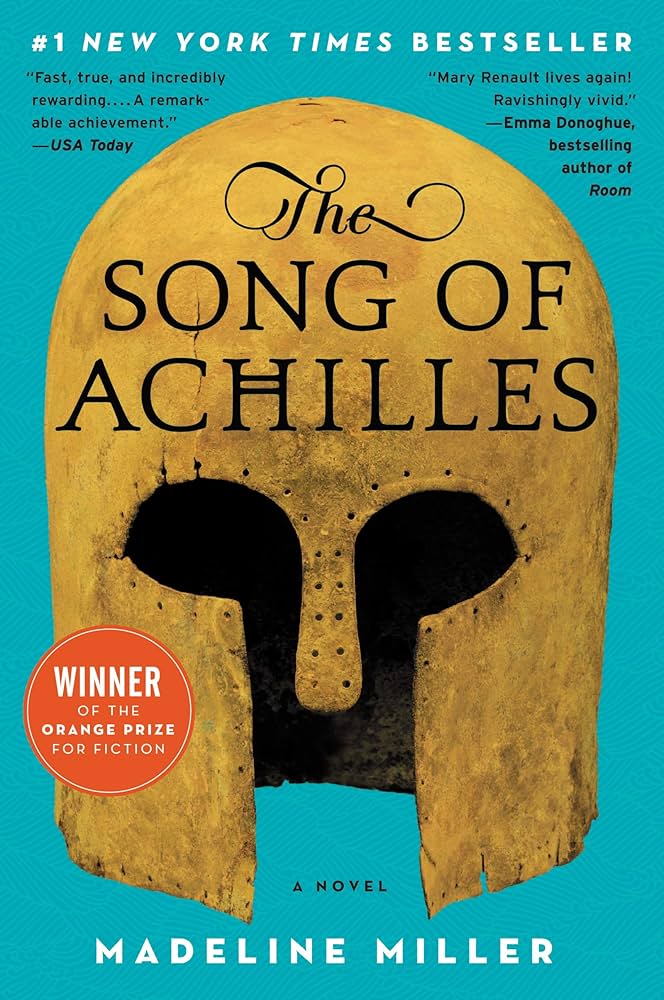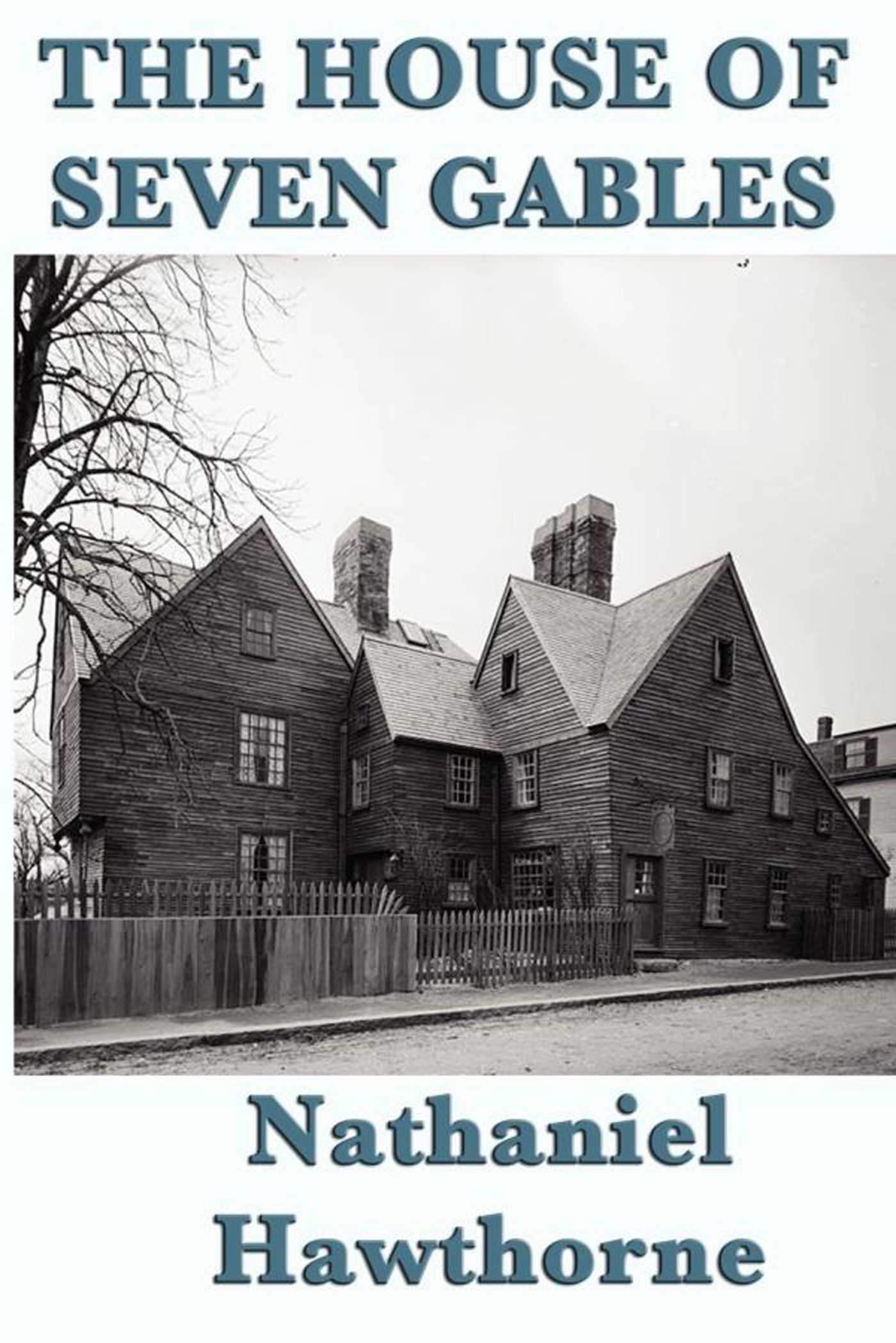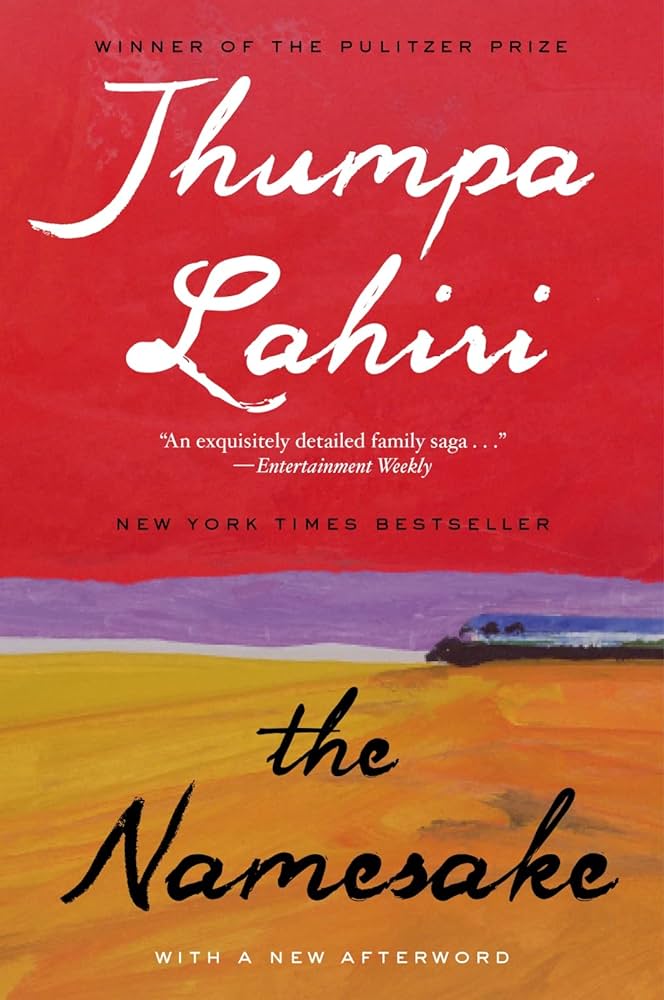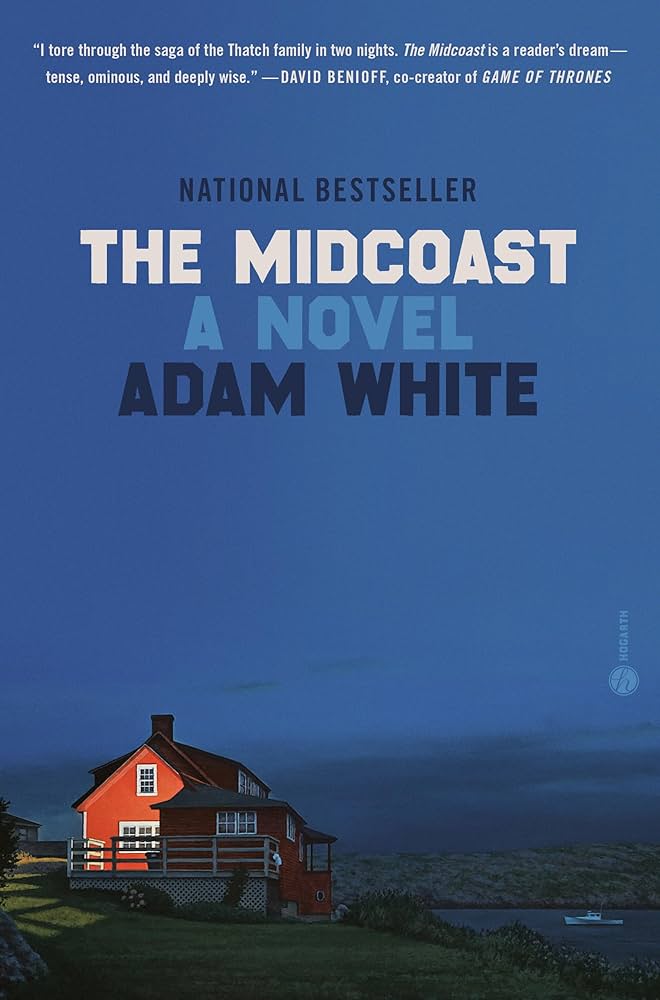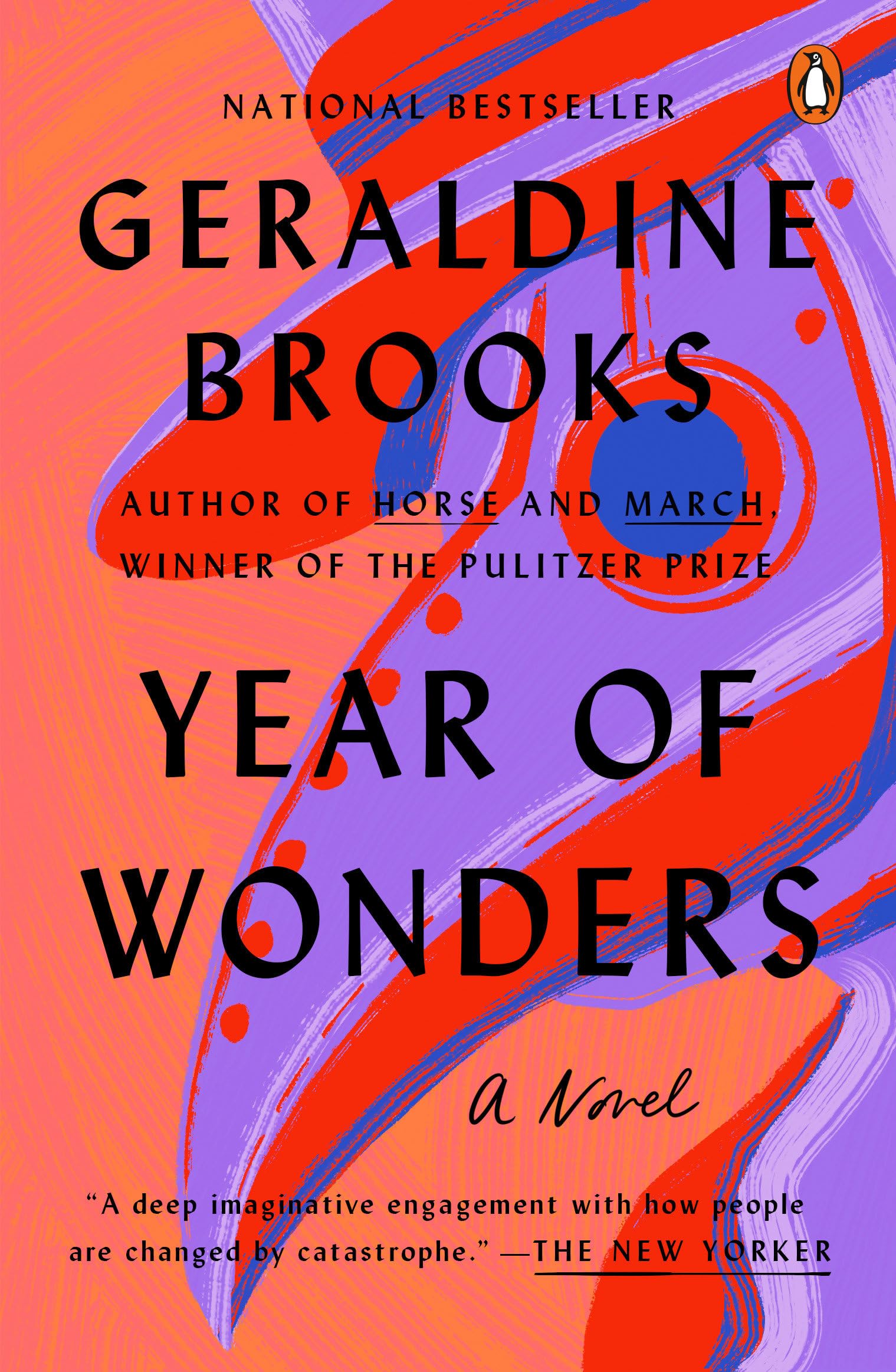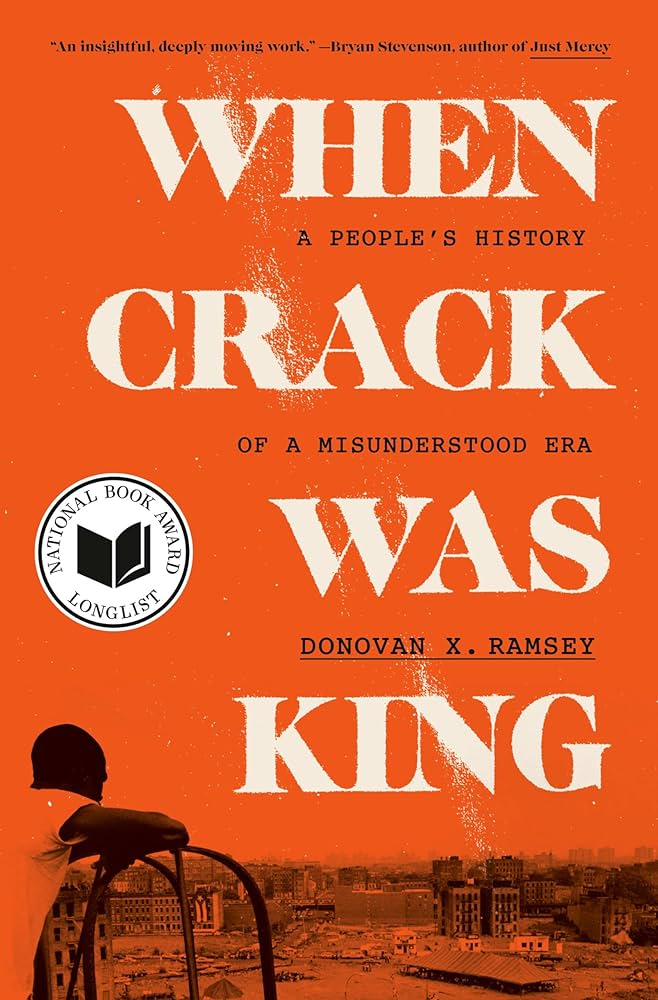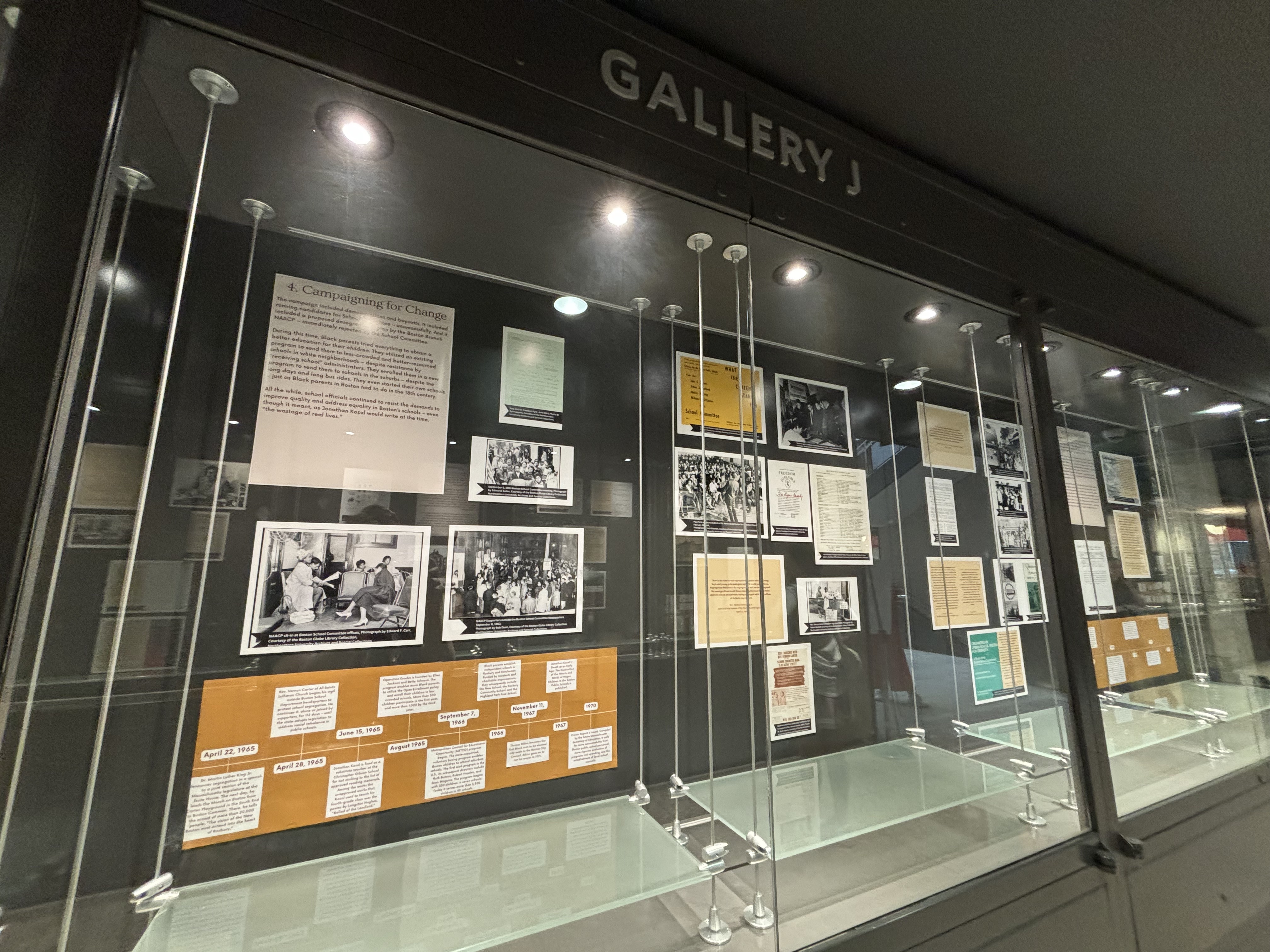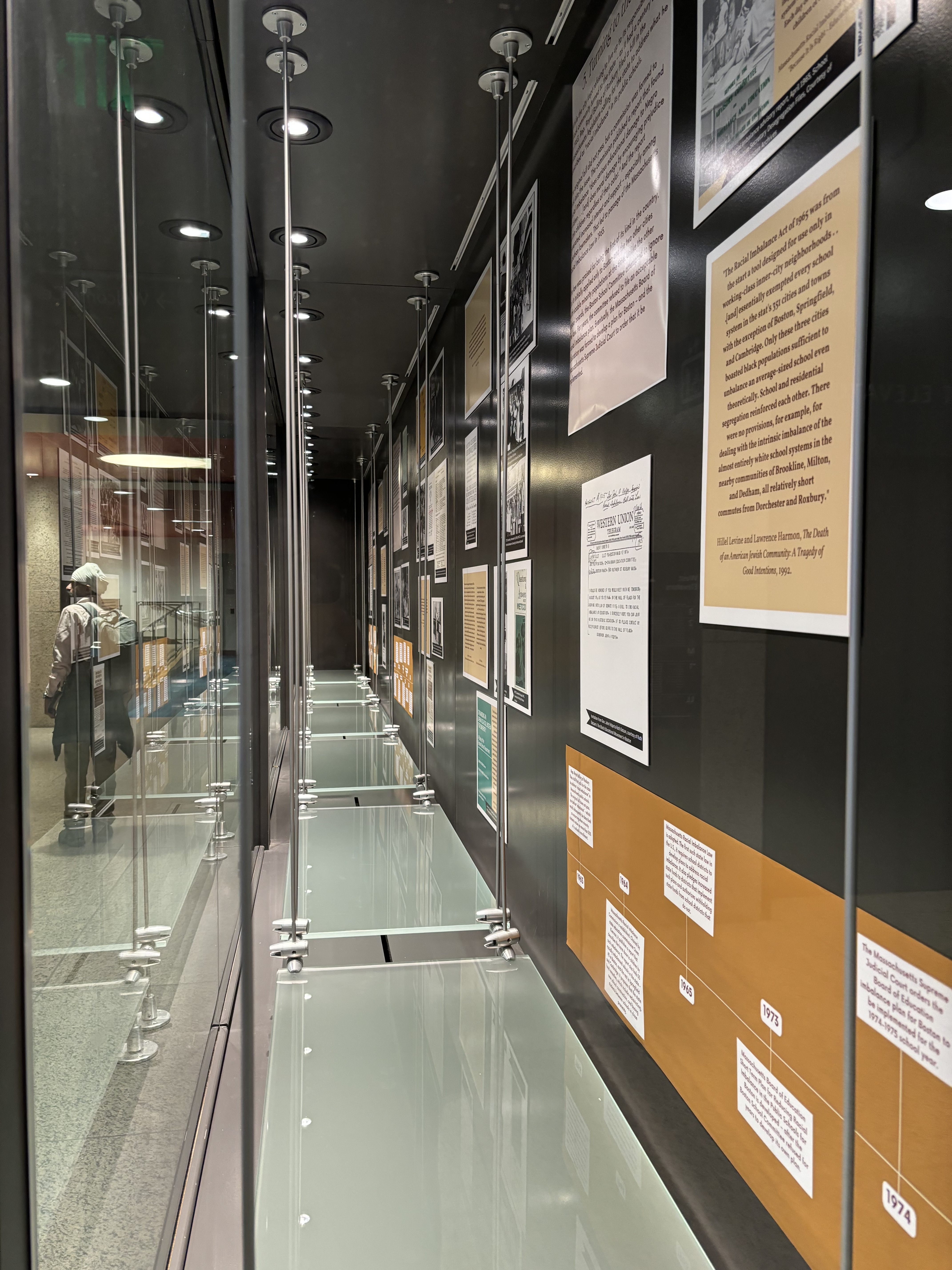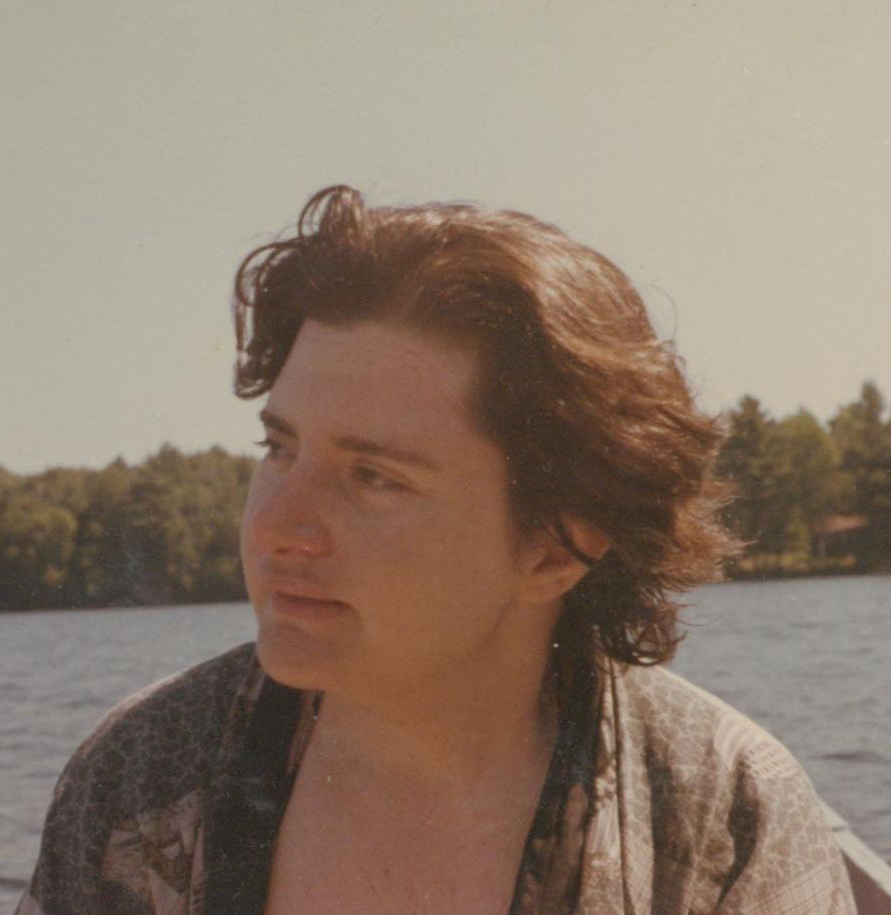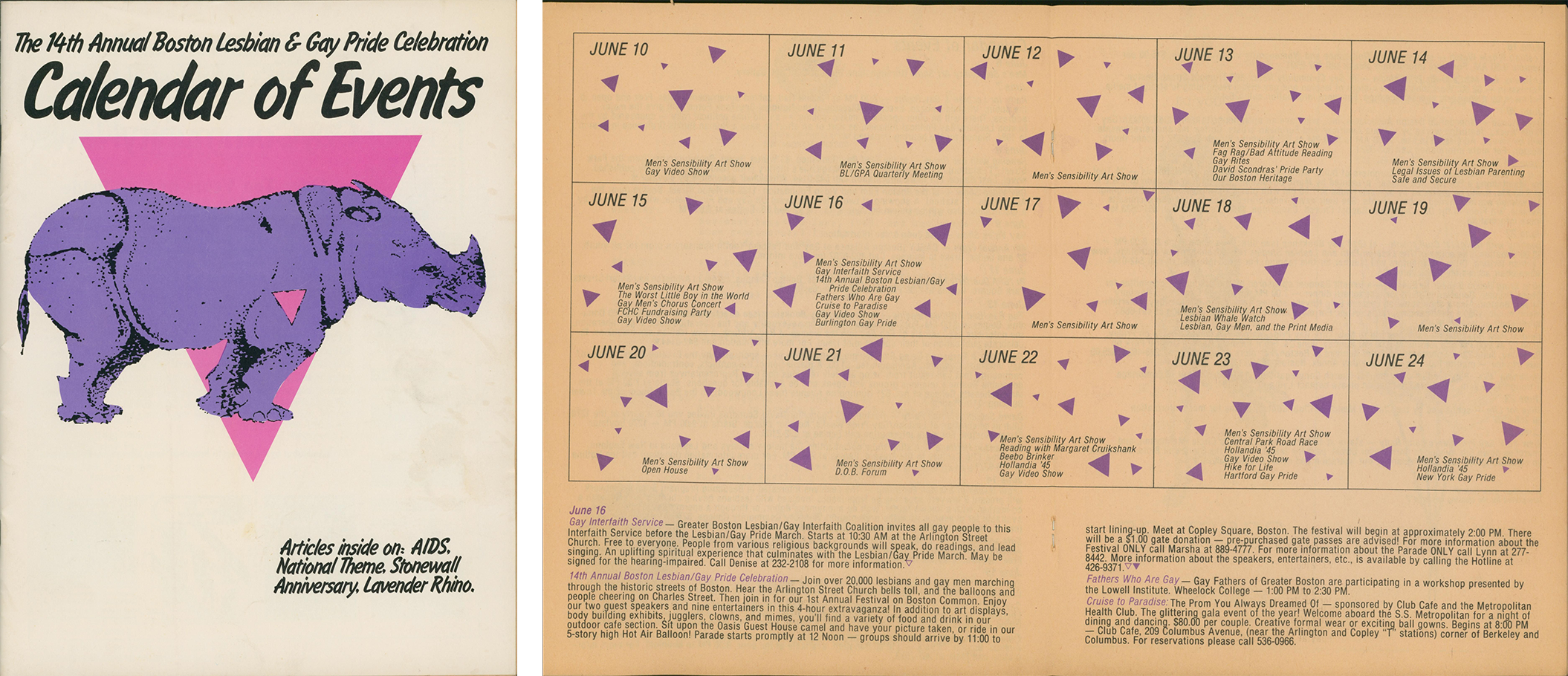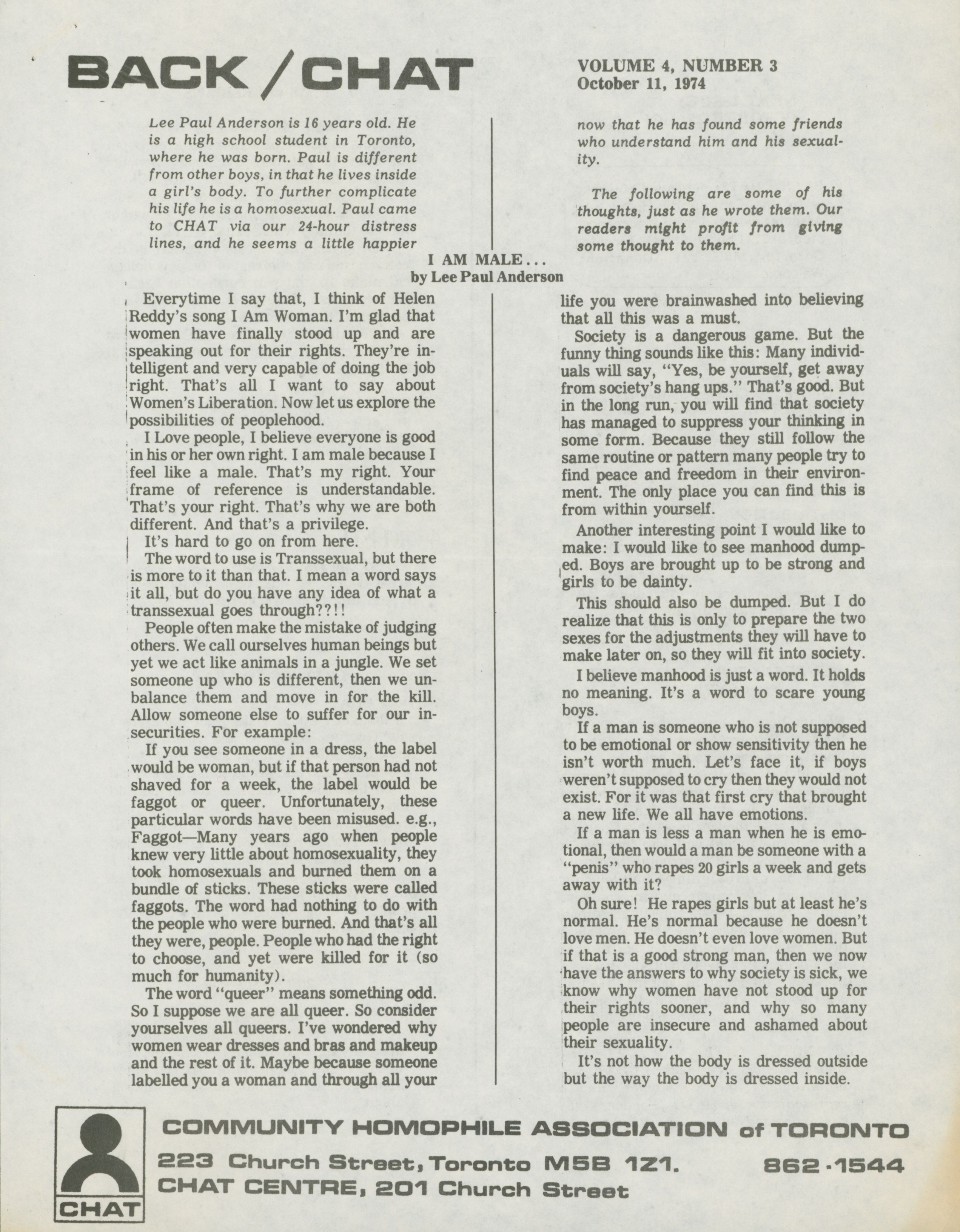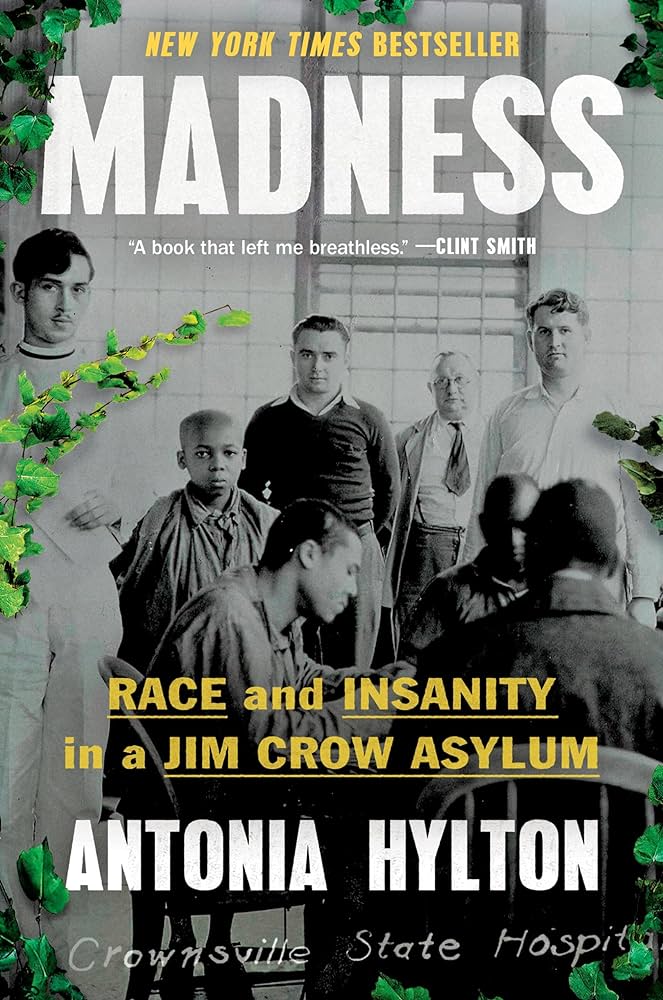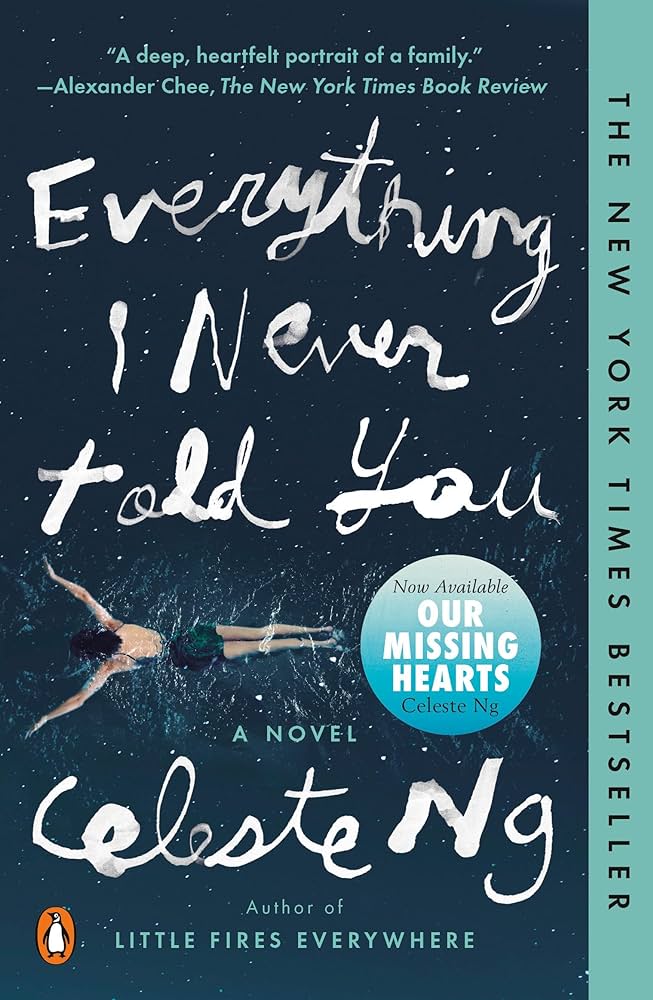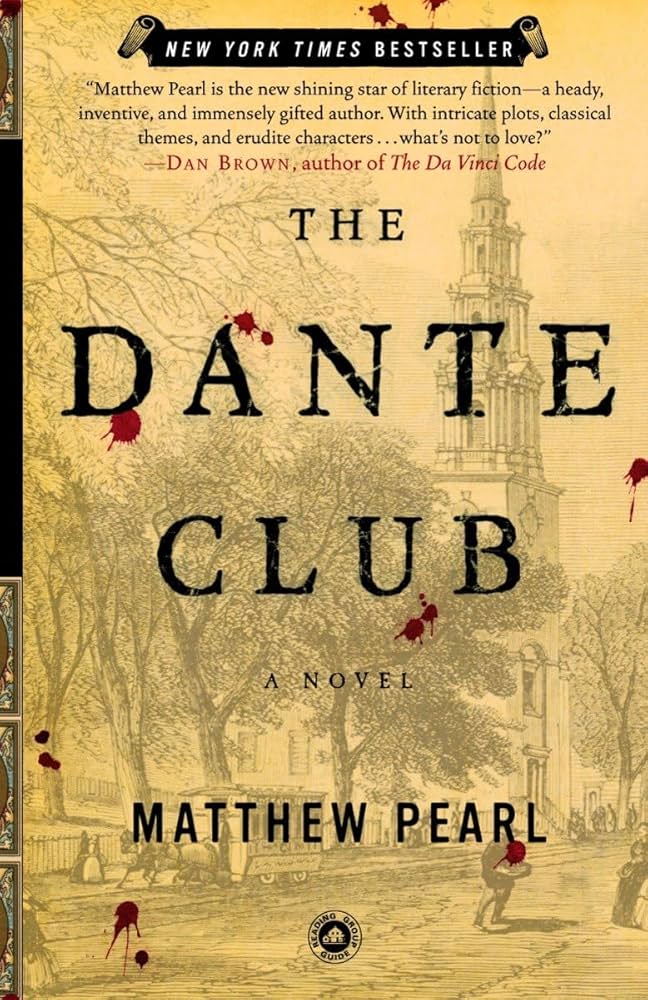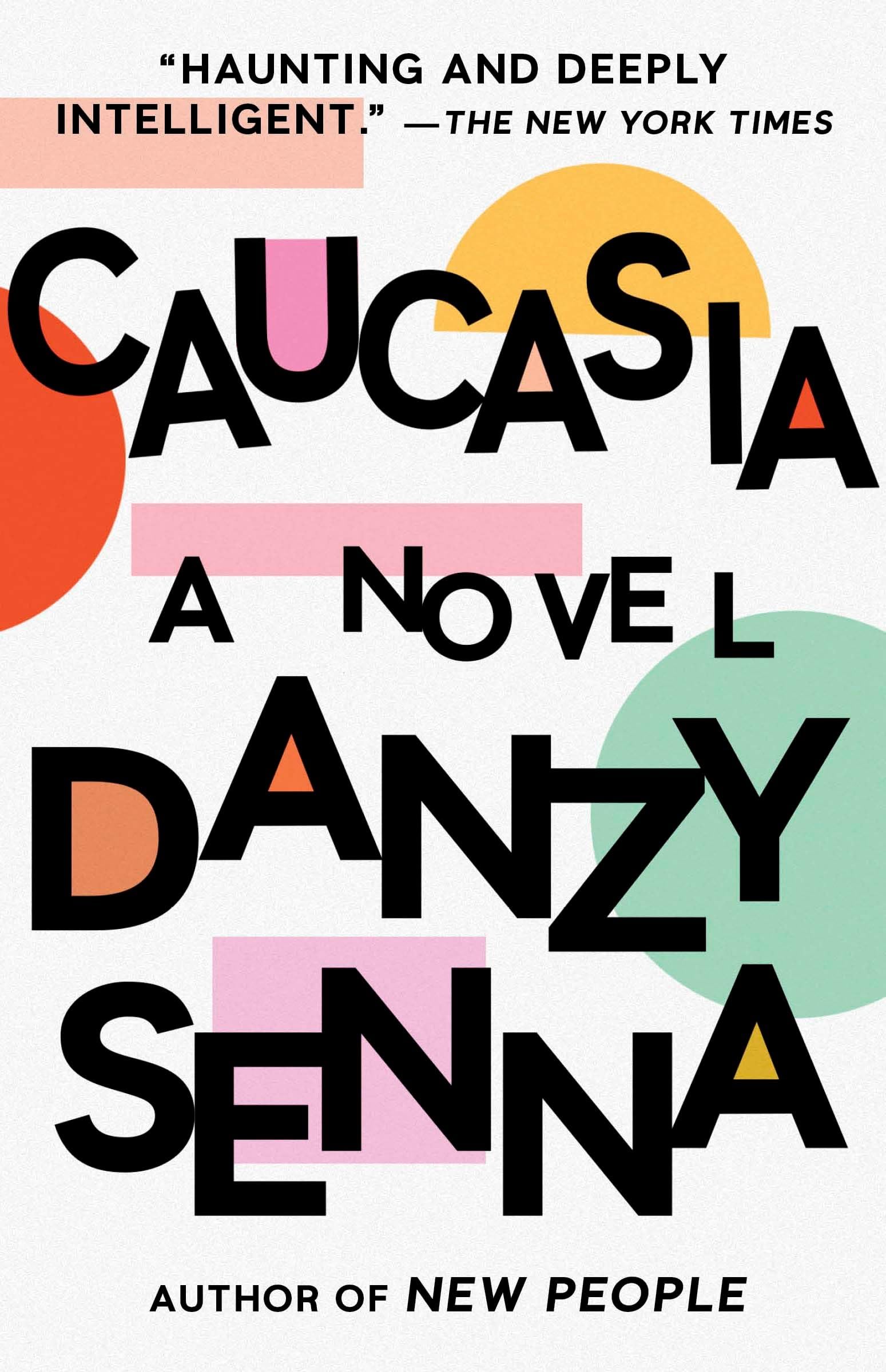2024 Reading Challenge Update: September Winner and What You Read This Month!
We’re one month into the fall semester, and the weather is starting to turn cool in Boston. It’s a great time to pick up a good book!
This month, Kim Kennedy is the lucky winner of the prize drawing. Kim will receive a digital gift card to Frugal Bookstore in Roxbury, Mass. Frugal Bookstore is a Black-owned community bookstore that emphasizes BIPOC authors and stories.
Big congratulations, as well, to everyone who read a book this month and told us about it. There are three months left in the 2024 Reading Challenge, so keep reading! Hint: for more chances to win, make sure to track your reading with the Massachusetts Center for the Book, too.
The September theme was “a debut book by a Massachusetts author.” Here are some of the books you enjoyed:
What You Read in September
The Song of Achilles, Madeline Miller
Find it at Snell Library | Find it at F. W. Olin Library | Read the e-book
“I don’t normally gravitate towards myth retellings, but this one hooked me from the first page. Lyrical and beautiful!” — Bianca
“A book that left me with no words. I was happy and sad towards the end, bawling my eyes out. Finally they were together.” — Suchita
The House of the Seven Gables, Nathanial Hawthorne
Find it at Snell Library | Find it at F. W. Olin Library | Read the e-book
“I had visited the House of Seven Gables [in Salem, Mass.] about 5 years ago, but only now did I get the chance to read the book by Nathanial Hawthorne. Many of the physical places and things I remember from my visit were mentioned in the book and well done! You would not have to visit the place to get a full picture as Hawthorne describes it so well!” — Michael
The Namesake, Jhumpa Lahiri
Find it at Snell Library | Find it at F. W. Olin Library | Read the e-book
“This is a beautifully written story of the struggle to belong in a different culture than your own. I learned a bunch about Bengali culture and hope to read Lahiri’s short story collection too.” — Courtney
The Midcoast, Adam White
Listen to the audiobook
“My grandparents are year-rounders in Damariscotta, Maine, so I grew up spending the summer there! It was so cool to read a book that I could really understand the niche and I loved this book!” — Sam
“Great story about local issues in Maine, family intrigue, social and economical status structures, and the lobster trade (spoiler alert — not lucrative!)” — Michal
Rules of Civility, Amor Towles
Find it at F. W. Olin Library
“Who knew Amor Towles was born and raised in the Boston area? Not me. It felt a little against the theme because this book is so clearly a love song to New York City, but I wanted to read it, so I read it and, like his other books, really, really enjoyed it. Five stars!” — Jodi
And What to Read in October
October offers a chance to pick up that historical fiction or history book you’ve been wanting to read: “a book about a time in history you’d like to know more about.” Here are some suggestions! Need more ideas? Check out this list of titles from the Massachusetts Center for the Book and Northeastern’s own curated selection of e-books and audiobooks!
By Hands Now Known: Jim Crow’s Legal Executioners, Margaret A. Burnham
Find it at Snell Library | Find it at F. W. Olin Library | Listen to the audiobook
Northeastern’s own Margaret A. Burnham, Distinguished Law Professor at the Northeastern University School of Law and founder of the Civil Rights and Restorative Justice Project, brings the Jim Crow era to life in all its horrifying, heartbreaking detail. By Hands Now Known traces the history of the Southern legal system, and its failure to protect Black citizens, from 1920-1960.
Year of Wonders: A Novel of the Plague, Geraldine Brooks
Find it at Snell Library | Find it at F. W. Olin Library | Read the e-book
Set in rural England in 1666, Year of Wonders bills itself as “a novel of the plague,” which probably explains why it saw a resurgence in popularity in 2020. But it’s also a novel about loss, love, community and humanity, and the levels of heroism to which everyday people can aspire when faced with extraordinary circumstances.
When Crack was King: A People’s History of a Misunderstood Era, Donovan X. Ramsey
Find it at Snell Library | Listen to the audiobook
The crack cocaine epidemic of the 1980s and 1990s, and the accompanying “war on drugs,” is, as author Donovan X. Ramsey points out, a deeply misunderstood and vilified era. Ramsey takes readers beyond the fear-mongering headlines of the Reagan era and uplifts the voices and stories of the people caught in the grip of the drug trade. When Crack was King was nominated for 2023 National Book Award.
The Enchanters, James Ellroy
Read the e-book
Set in Los Angeles in 1962, The Enchanters is a classic pulp fiction, capturing the grime and glamor of 1960s Hollywood. Disgraced former cop turned private eye Freddy Otash is tasked with solving a mysterious puzzle involving a kidnapped starlet, the Kennedy brothers, and Marilyn Monroe. The Enchanters was named a 2023 NPR Best Book of the Year.
Book and Dagger: How Scholars and Librarians Became the Unlikely Spies of World War II, Elyse Graham
Listen to the audiobook
Before the CIA, there was America’s Office of Strategic Services, an organization set up on the brink of World War II. Rather than career spies or political actors, the OSS was staffed by academics: literature professors, historians, librarians, and other scholars who suddenly found themselves spying on Nazis and infiltrating enemy territory.
For readers in Boston who need more book recommendations, you can stop by the Snell Library lobby in person on October 15 and 16 for Reading Challenge stickers, bookmarks, and books to check out, and friendly librarians who love talking about books!
As always, happy reading and good luck in the October Reading Challenge! Make sure to tell us about your book before the end of the month for a chance to win the prize drawing. And for additional chances to win, log your reading with the Massachusetts Center for the Book, too!
